 September 1: Photography seems an unlikely tool for an economist, but might the camera exercise ‘mechanical logic’?
September 1: Photography seems an unlikely tool for an economist, but might the camera exercise ‘mechanical logic’?
After his father’s business was bankrupted in 1848 after the British railway boom collapse of 1848, William Stanley Jevons, born on this date in 1835, came to Sydney in 1854 to work as an assayer at the Sydney branch of the Royal Mint. He had studied chemistry and mathematics in London, and minerals assaying in Paris.
His interests extended also to geography, topography, meteorology, botany and what he called “poliography”, the study of urban landscapes and demographics, the latter leading to his later career in economics for which he is best known.
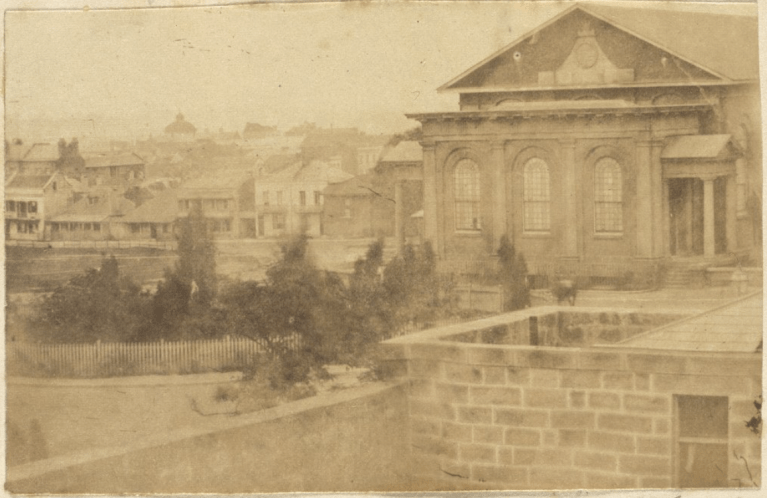
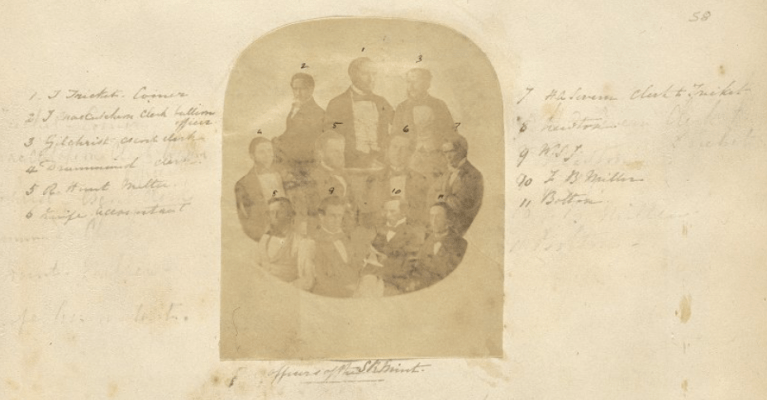
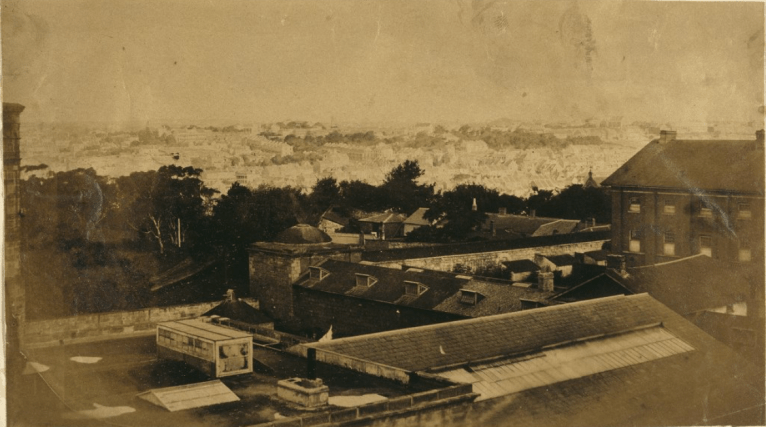
His secure salaried position at the Mint enabled him to pursue his diverse enthusiasms. Like most young bourgeois contemporaries, he also loved the arts; his diary for 25 March 1857 records his observation of the solar eclipse in the early morning at around 6:47 am and his subsequent activities of the day, which demonstrate his energetic pursuit of both art and science, and itemises quite lavish expenditure on books;
After sleepless night got up about 3.30 and started to Bellevue Hill in dark. About 5 a.m. commenced observations concerning eclipse. Returned to Mint. Tea at Mr. Newton’s [Mr. Newton was Chief Engineer at the Mint] and then to Victoria Theatre. Brooke and Mrs. Heir very good in Much Ado About Nothing. Nature books for Willy Newton 8/6 [presumably his host’s son]. Whewell’s Lect. on Political Economy 11/-.
On the following day he continues;
Played much music in evening [no doubt on the harmonium that appears in the photograph of his study at Double Bay below]. Meteorological work, etc. Wrote and sent letter to Empire with aim of shutting up writers about “Protective humbug” [he was a supporter of free trade].
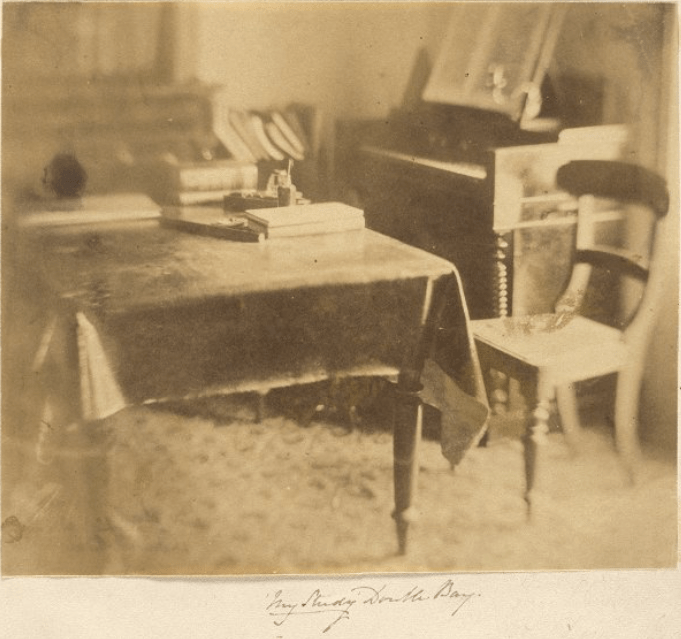
 He took up photography, for which he used the wet collodion process to take photographs of the Sydney Mint and of cityscapes and the natural surrounds of the sixty-five year old British colony including extensive views of the Macquarie Street Mint, Middle Harbour, Double Bay and Bondi, the goldfields near Braidwood, as well as some of the earliest interior photographs of work and domestic life taken in Australia.
He took up photography, for which he used the wet collodion process to take photographs of the Sydney Mint and of cityscapes and the natural surrounds of the sixty-five year old British colony including extensive views of the Macquarie Street Mint, Middle Harbour, Double Bay and Bondi, the goldfields near Braidwood, as well as some of the earliest interior photographs of work and domestic life taken in Australia.
He and his friend Robert Hunt (1830–1892) made photographic excursions around Sydney Harbour in Hunt’s skiff The Terror, and with John Smith (1821–1885) professor of chemistry at the University of Sydney they exhibited their photographs together at scholarly conversaziones of the Philosophical Society of New South Wales.
He left Australia in April 1859 and though he drowned at only 42 years old, led a distinguished career, attaining the position of Chair of Political Economy at University College, London. In that role he contributed to the marginalist revolution in economic theory, a paradigm shift from the labour theory of value; in which the cost of a commodity was defined by the worker’s labour expended in its production, to the utility theory of value in which “value” was determined by an object’s utility and the extent to which it was desired, a key step toward incorporating the industrial revolution into an understanding of economic life which still holds on the right. He adapted Benthamite utilitarianism in defining as a commodity “any object, substance, action or service, which can afford pleasure or ward off pain.”
One might surmise how his photography, which he practiced to a very capable , even experimental, technical level might embody or even influence these economic theories; wet collodion, especially as practiced on Jevons’ excursions along the coast of Sydney and in the Australian bush of the 1850s with its extremes of heat and remoteness, was labour-intensive. On the other hand, a photographer’s product was generally worth more than the materials used and the time and labour expended, its value completely dependent on its desirability, so that, as Jonathan Crary (*1951) points out, “vision itself” becomes “a kind of discipline or mode of work”.
Of course, for Jevons, making money from photography was beside the point. What interested him was its value as evidence and as an object of analysis. His photographs of Sydney can be seen to be driven by a desire for demographic data. He developed a finely tuned intuitive sense for recognising patterns in sparse datasets; “I have such a strong disposition to classify things as is sometimes almost painful”, he confessed in a letter home to his sister Lucy. Walking around the growing city and its slums he would map its urban and economic structure, and his photographs (which had been retained by his descendants and only came to light in 1953) provide a permanent visual record of what he saw.

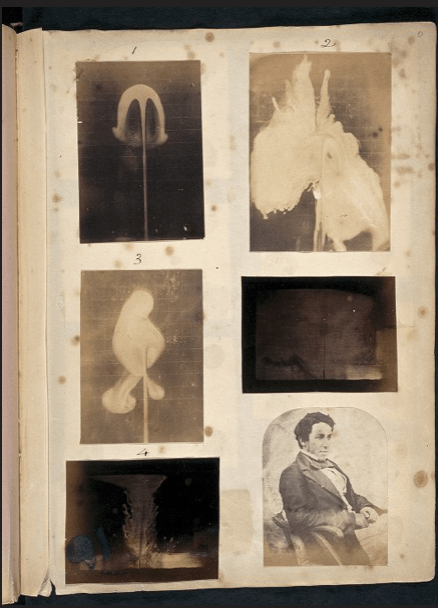
He also recorded in detail the weather of the colony and published the first thorough and scientific study of the climate of Australia, in 1859, only five years after his arrival, and experimented with a laboratory cloud chamber (following Woulfe, von Guericke, Coulier and Kratzenstein) producing manifestations of the ‘average’ cirrus cloud in his apparatus.
Photography served to record these experiments. Given the blue sensitivity of the wet collodion process, it would have been difficult to use it to make pictures of real clouds, but since in the ‘cloud chamber’ he employed dye dispersing in water to simulate clouds, an appropriate hue could be selected. Jevons sent some of his cloud studies to John Herschel, who responded with praise.
Harro Maas (*1939) argues that this investigation of the amorphous phenomenon of clouds modelled the way Jevons moved between natural and social phenomena, between the abstract and the particular. Understanding that “Science arises from the discovery of Identity amid Diversity”, the laboratory ‘cloud’ corresponded to real phenomena in the same way that statistical data corresponded to social phenomena, and photographic capture as the means to collect data for analysis.
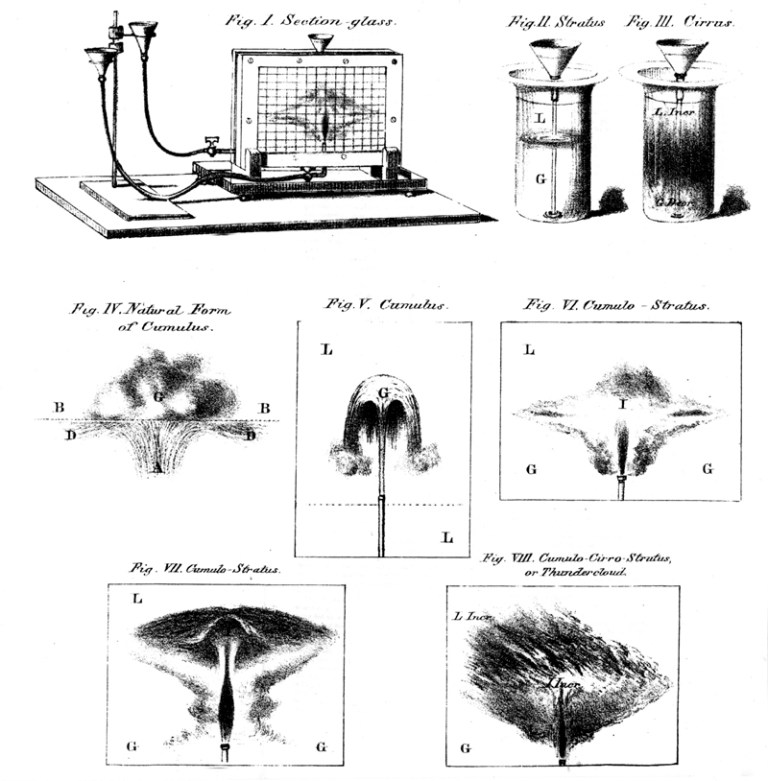
He was later to suggest that;
Whoever wishes to acquire a deep acquaintance with Nature must observe that there are analogies which connect whole branches of science in a parallel manner, and enable us to infer of one class of phenomena what we know of another. It has thus happened on several occasions that the discovery of an unsuspected analogy between two branches of knowledge has been the starting point for a rapid course of discovery.
Single-handedly he attempted a ‘social survey’ of Sydney in 1858 (Jevons, W.S. Remarks Upon the Social Map of Sydney, unpublished manuscript, Mitchell Library, Sydney) the data for types of houses, location of trades, etc., coming from his own notes and observations.

On June 9, 1858, he wrote:
Social science is the wide subject before me, and I have even had for many years the idea of a work on ‘Towns & Cities,’ to analyse their constitution, and causes, the relative character of their parts, & the relative character of particular cities & thus eventually lead to such knowledge of their nature & shall ensure their improvement, as any Scientific knowledge is eventually reduced to practice.
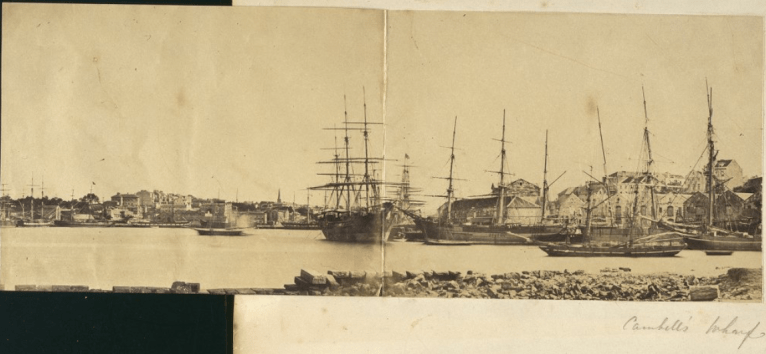

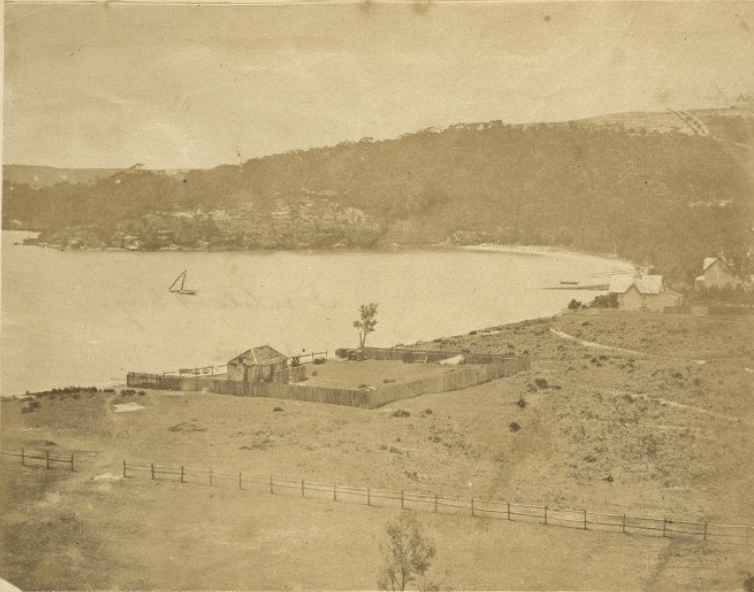
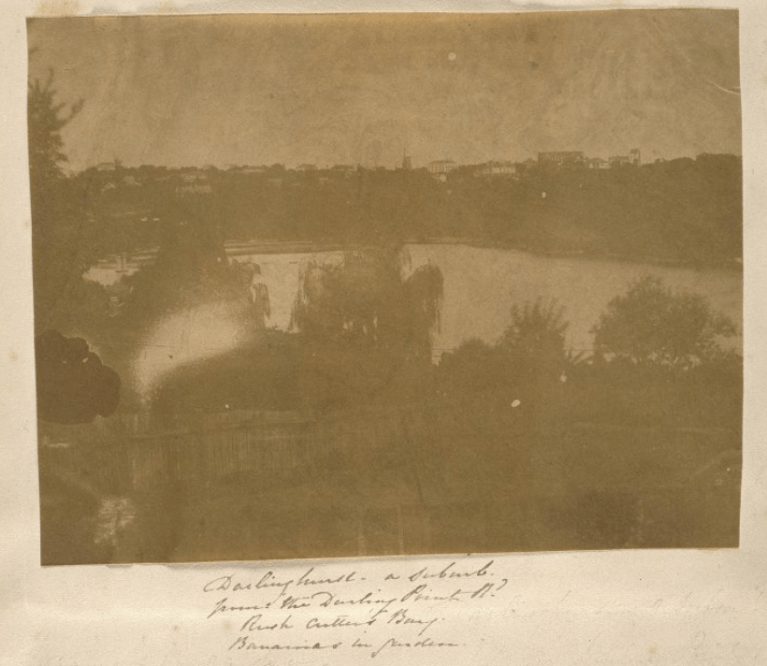
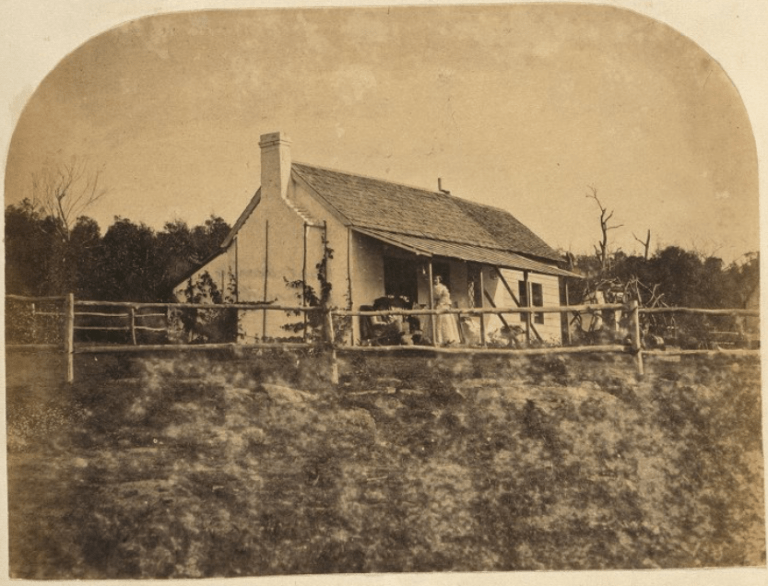
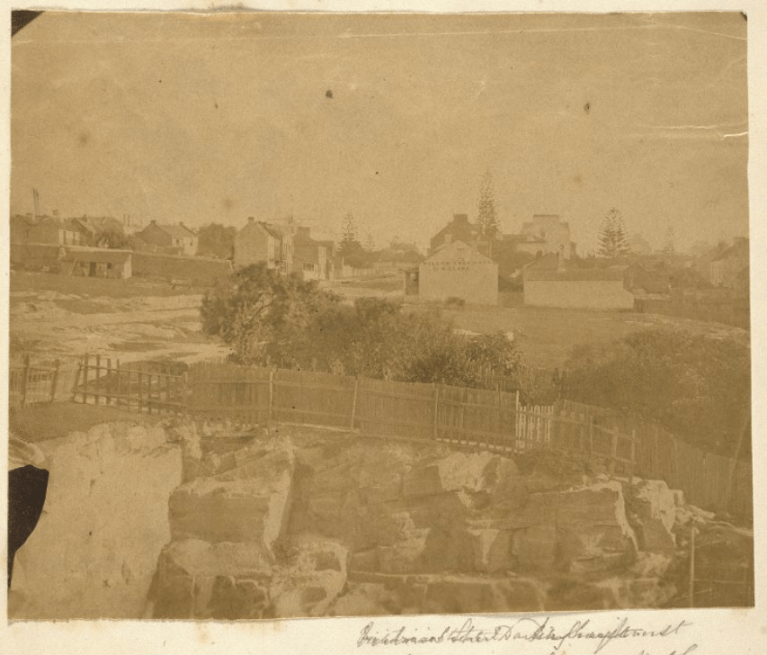
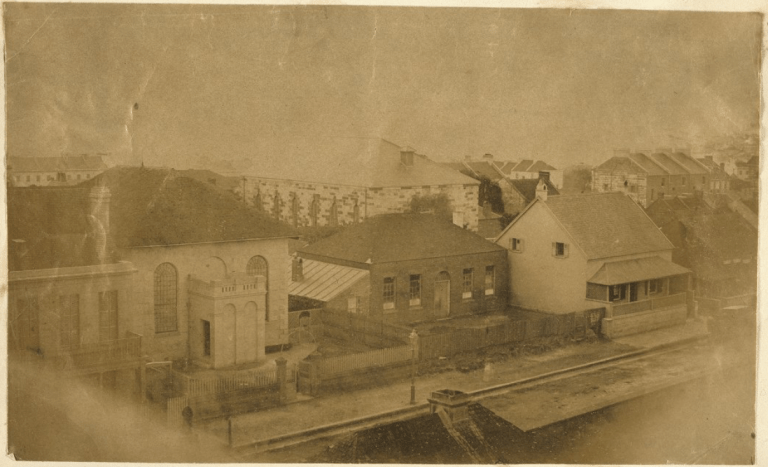

In 1859 Jevons wrote to his sister Lucy, not long before he departed his home in Double Bay in Sydney to rejoin her in Hampstead, via America:
I have only just returned from a rough, hard-working, but fine excursion to the southern diggings … I have about twenty pictures, many of which are almost professionally perfect, exhibiting not only general scenery, but all the principal operations of gold-digging and washing and incidents of tent life.
The diggers were highly amused at being taken, and only required a hint to stand in any desirable attitude, so that my pictures seem almost alive with real diggers. I even got an aboriginal black with two black gins or wives, who sat still in the sun while I made four or five attempts at their portraits before I succeeded.

In his own words, the mechanical eye of the camera, guided by the astute observer renders professionally perfect…pictures…almost alive with real diggers. The exercise requires a negotiation with his subjects and involves him in ‘rough, hard work’ to record of the principal operations of gold-digging and washing and incidents of tent life. The resulting images are constructed, not a replication of reality but an exercise in the observation and analysis of it, aided by the machine which operates on visual data not unlike his ‘Logic Piano’, a proto-computer that he devised to carry out Boolian logic, whereby “philosophy would be shown to consist solely in pointing out the likeness in things.”

Jevons’ machine was the first that could solve a complex logical problem faster than that problem could be solved without using the machine. Like the mechanical balances he used in his assaying at the Mint, this device, and also the camera, were capable of ‘mechanical reasoning’, a method of apprehending the natural and social world for which it uses “mechanical contrivances” to observe, analyse and to understand, enabling Jevons to depict in his elevated views of Sydney, “the whole internal organisation of the machinery of the city in question …”, chaotic and complex in appearance but within which he perceived a coherent mechanism of industrial economy. In the confusion of ‘the bush’, we see him at repose in this self-portrait, absorbed in identifying and cataloguing its profusion, pursuing his “strong disposition to classify things”.
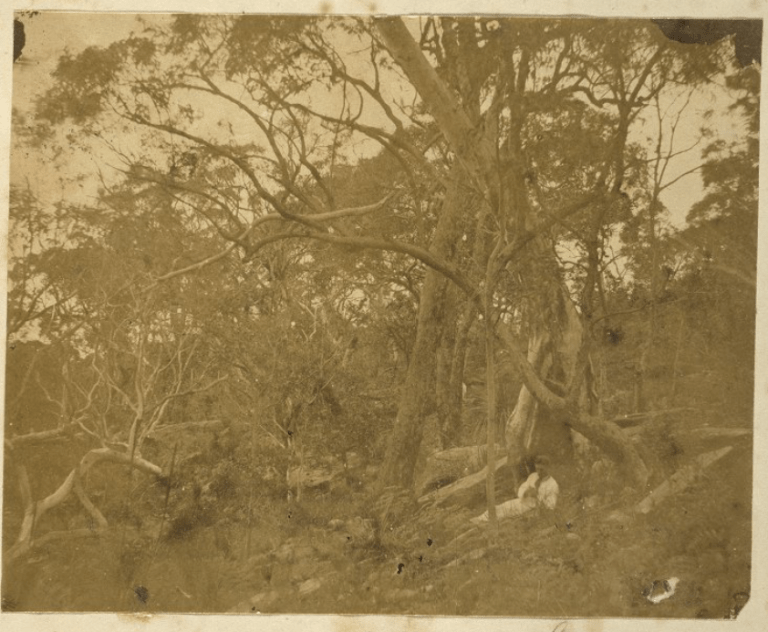
[NOTE: William Stanley Jevons photographic albums can be seen online at John Rylands University Library Manchester, and for more on Jevons’ logic ‘piano’’, see Lindsay Barrett’s and Matthew Connell’s article at the Rutherford Journal. Lindsay Barrett’s ‘The Utilitarian Photographer’, Scan Journal Vol 1 Number 2 June 2004 has been a useful reference in writing this post.]




3 thoughts on “September 1: Demographic”